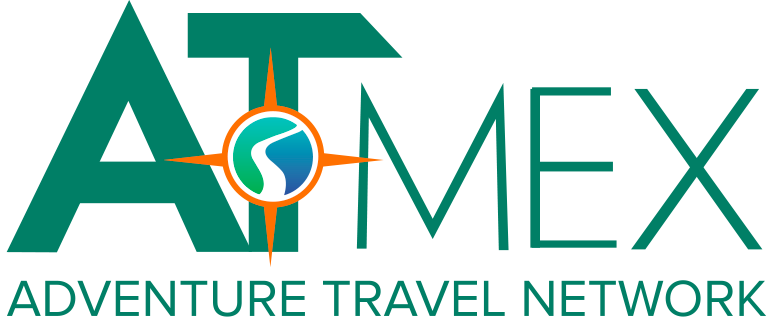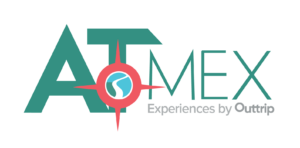Podemos definir riesgo como la probabilidad de que suceda un contratiempo, de que alguien o algo sufra un daño.
Es imperativo implementar sistemas de manejo de riesgos, entre otras cosas para reducir el número de incidentes, para crear un ambiente seguro en nuestra organización, como protección contra demandas, para proteger nuestra reputación pero principalmente para dormir tranquilos…..
¿Cuales son las etapas de un sistema de manejo de riesgo y en donde está ubicada nuestra organización?
- Patológica: A quien le importa siempre y cuando nadie se entere.
- Reactiva: La seguridad es importante, se hace mucho cada vez que pasa algo.
- Calculadora: Se tienen sistemas implementados para atender los riesgos más importantes
- Proactiva: Se trabaja en los problemas y riesgos que se siguen identificando
- Cultural: SMR está presente en toda la empresa
En cada etapa la organización está cada vez más informada y sus responsabilidades van en incremento, todo esto generando un beneficio directo para todos los usuarios.
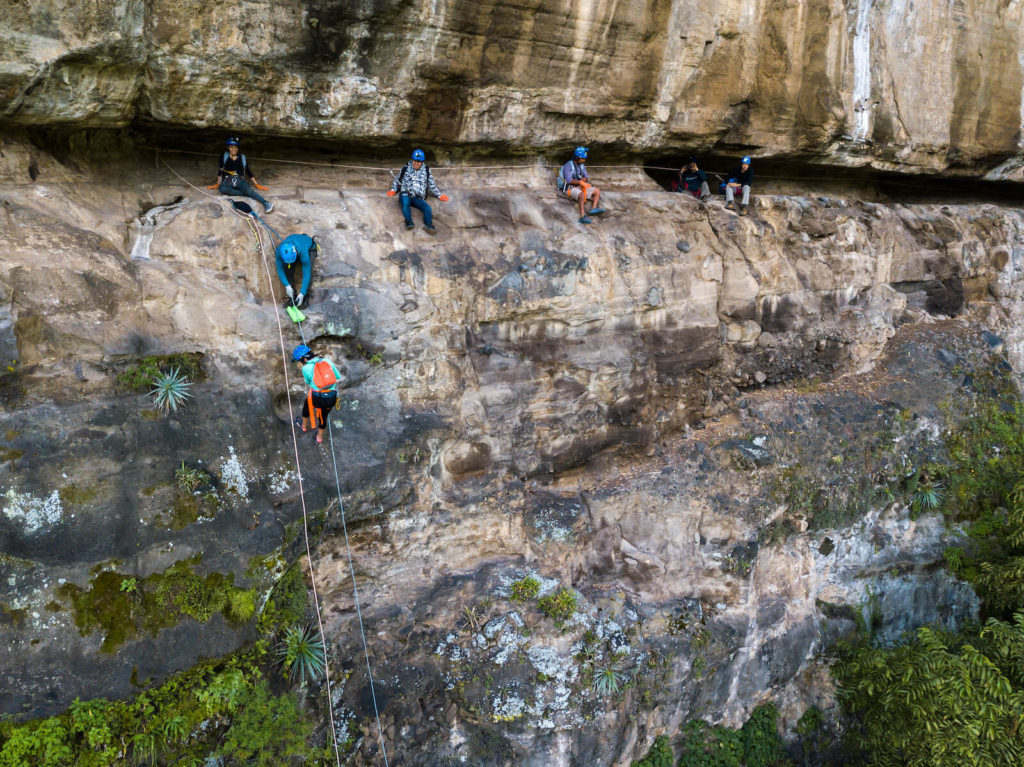
Los pasos a seguir para implementar un sistema de manejo de riesgos son los siguientes:
- Identificación
- Manejo a través de la prevención y capacitación
- Implementación de procedimientos de seguridad
- Registro y monitoreo
Identificación:
Existen muchas fuentes de información que nos sirven de apoyo para poder identificar riesgos potenciales como: Alertas gubernamentales, noticias internacionales, noticias nacionales, noticias locales, agentes de viajes, tour operadores, conductores, otros guías, empresa, amigos, sentido común.
Manejo:
Una identificados todos los riesgos, viene el momento de tomar decisiones acerca de cómo tratar cada riesgo:
Reducir las probabilidades de que suceda mediante capacitación e implementación de nuevas medidas de seguridad.
Transferir el riesgo. (Contratar especialistas)
Correr el riesgo (SIEMPRE se debe consultar con la aseguradora)
No correr el riesgo. (reemplazar o eliminar la actividad)
Implementación de procedimientos de seguridad:
Estos pueden ser muchos y de preferencia, cada procedimiento deberá ajustarse a cada actividad y riesgo de manera individual, algunos ejemplos de procedimientos generales pueden ser: Revisiones de seguridad a nuestros vehículos y equipo previas a cada actividad, safety briefings con nuestros clientes previo a cada actividad, pláticas personales con nuestros operadores para identificar si se encuentran cansados o desvelados.
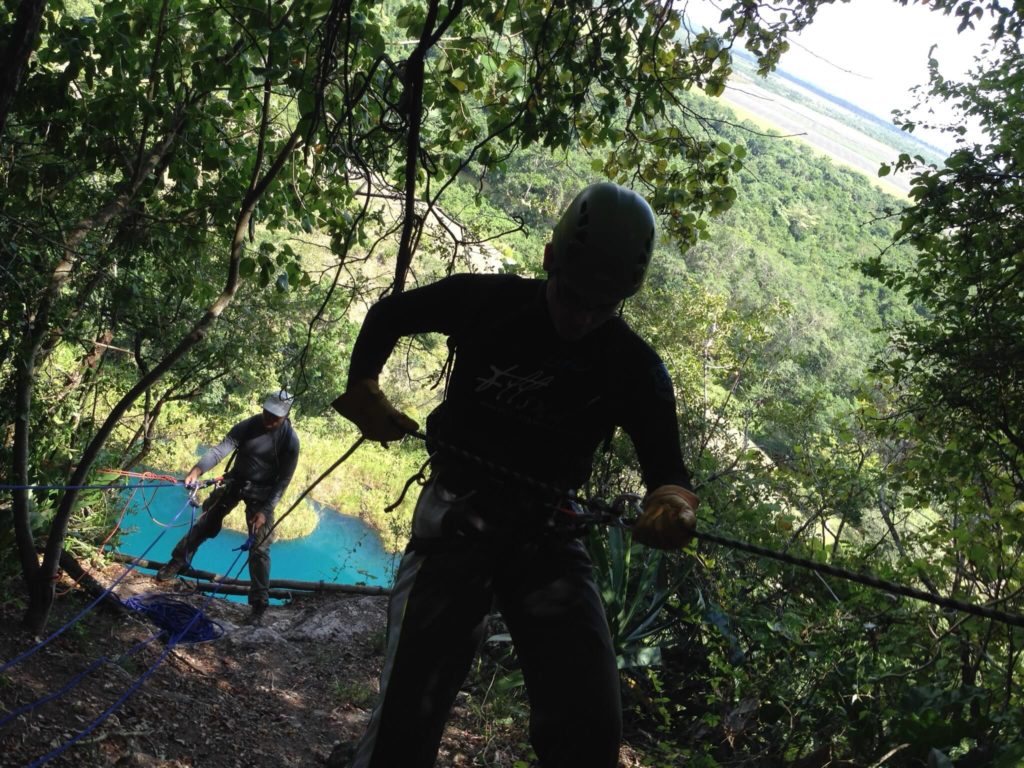
Registro y monitoreo:
Cada incidente, cada acción tomada para mitigar algún riesgo, cada acción tomada para prevenir o corregir una situación de riesgo, deberá de registrarse, así como el monitoreo de la efectividad de su solución, esto con el objetivo de asegurarnos de que nuestras acciones tuvieron efectos positivos, algunos ejemplos de acciones de registro y monitoreo pueden ser: cuestionarios de calidad para clientes, revisiones de calidad con guías, repasos de los procedimientos de operación, repaso de los planes de contingencia, retroalimentación con proveedores
Implementar sistemas de identificación y manejo de riesgo debe ser una prioridad para cada uno de los actores involucrados en la industria del turismo de aventura.
